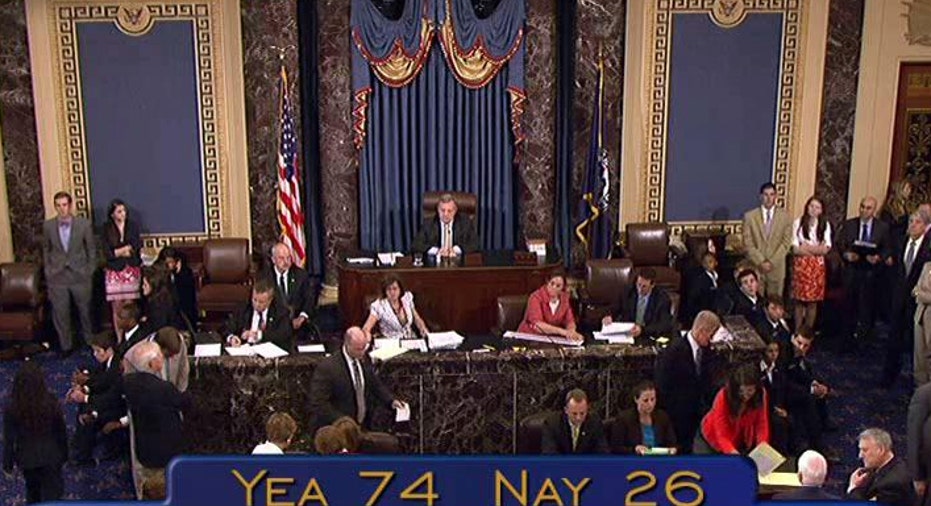A Debt Deal Done Puts Fed On the Clock

With the heated standoff in Congress over the debt ceiling finally at an end, everyone's turning their attention to the sputtering economy and Federal Reserve policy on how to improve it.
For the Fed, that's a tough call. The Fed has a dual and difficult mandate -- fighting inflation and stimulating the economy to spur employment. Yet the economy, which grew at less than 1 percent through midyear, is losing steam. Lingering unemployment and slowing manufacturing aren't helping.
"The Fed is out of bullets," says Ryan Sweet, a senior economist at Moody's Analytics. The Federal Funds rate -- the rate that banks peg to lending -- still is at or near zero. Without this key weapon, the Fed must dig deeper into its quickly emptying toolbox.
Even so, other options exist. One is keeping interest rates, already at rock bottom, lower for a longer period. The Fed could launch another round of quantitative easing -- likely dubbed "QE3" -- to buy up more Treasuries to push dollars into the economy. QE1 and QE2 did not spark inflation. "With QE3, the cost is greater than the benefit," Sweet says.
Already, the Fed has kept short-term interest rates low for nearly three years. And it has anteed up more than $2 trillion to buy up Treasuries and mortgage bonds and to hold down rates.
"But the Fed can't right all the wrongs in the economy," Sweet says. The root of the problem is that skittish businesses are afraid to hire, resulting from a severe hangover from the recession, he says.
Better Days Ahead?
For now, the Fed is sitting on the sidelines, not tipping its hand on how it might bolster a wavering economy. "It needs more data on the economy's health," Sweet says. Early indicators, such as sluggish manufacturing, aren't promising, although automobile production could bounce back soon.
As for worrisome unemployment numbers, the Fed can't address job creation on its own. It just puts in place policies that can stimulate the economy.
But Greg McBride, CFA, senior financial analyst at Bankrate.com, worries that slowing consumer spending may drag down the economy. Two-thirds of our economic growth is spurred by it. "And consumers are cutting back," he says.
Recently passed budget cuts could pose another drag. However, they're parsed out over 10 years, making their effects milder.
Then there's inflation, another wild card. It's currently at 1.3 percent. And the Fed has targeted 2 percent as the benchmark for taking aggressive action against it, Sweet says.
So what should investors do? For savers, interest rates probably won't improve, McBride says. They'll stay low because economic growth is weak.
Meanwhile, Sweet is optimistic. "Having the debt ceiling off the table will have measurable economic effects," he says.



















